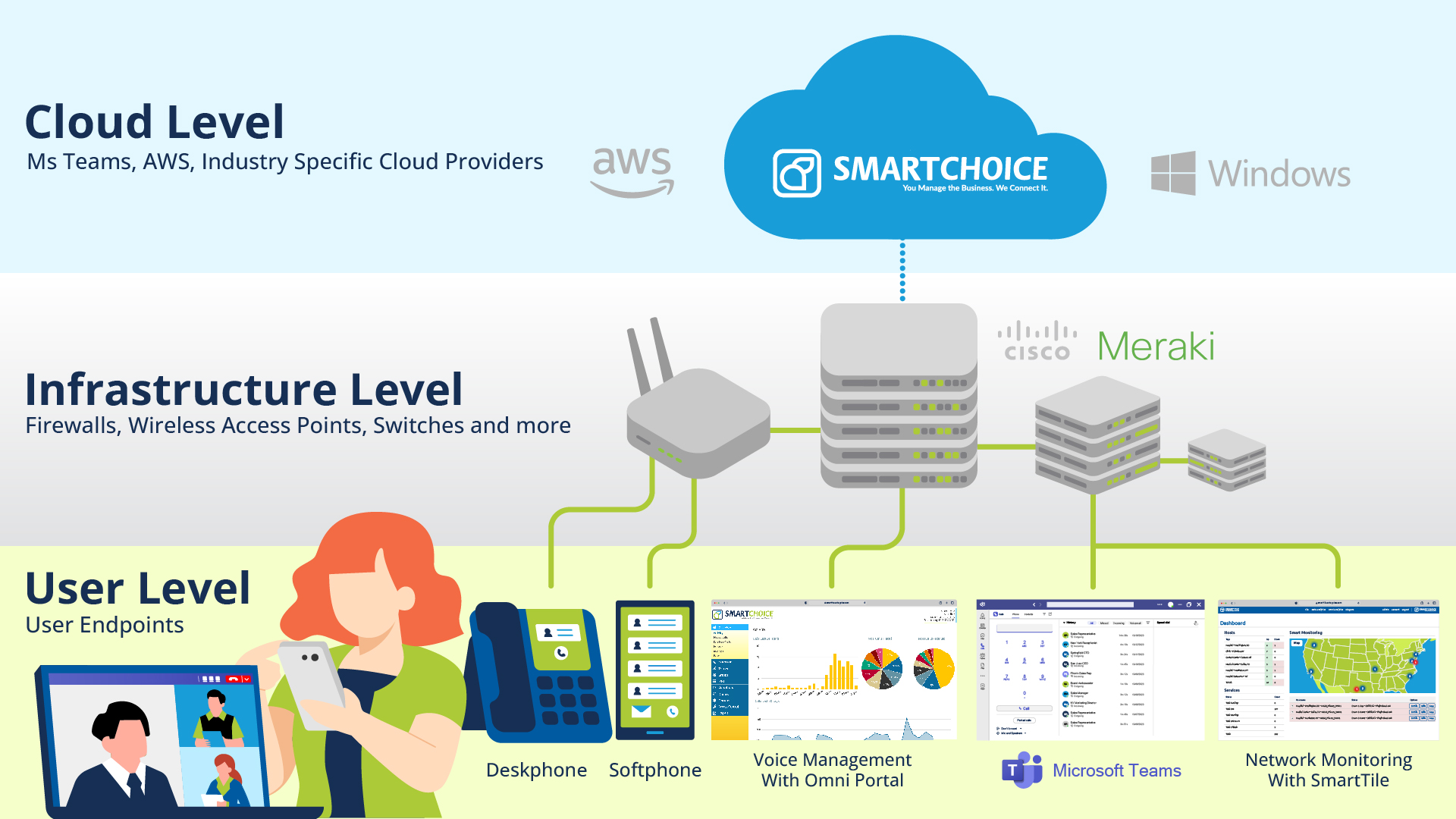Do I Need to Scrap Everything to Modernize My Communication System?

Introduction
Implementing a new communication system is a crucial decision for any organization aiming to stay competitive in the digital age. With the advent of advanced Unified Communication solutions, businesses have more options than ever to streamline their communication processes.
A common concern that arises during such transitions is whether it is necessary to “forklift” the entire phone system and infrastructure. In this article, we will explore the forklift dilemma, examining the need to overhaul existing infrastructure versus adopting a more incremental approach to modernizing communication systems. By understanding the pros and cons of each approach, organizations can make informed decisions that align with their specific needs and future growth.
The Forklift Approach
In the context of communication systems, the forklift approach refers to the complete replacement of the existing communication infrastructure with a new system. This involves ripping out the old phone system and hardware and installing an entirely new, integrated solution. While this approach may seem like a significant undertaking, it has its advantages:
Advantages
- Streamlined Integration: A new communication system installed via the forklift approach offers the advantage of being fully integrated from the start. This ensures seamless connectivity and communication across various channels.
- Centralized Management: With a fresh start, the organization can centralize management and support, leading to simplified administration and potential cost savings.
- Feature Richness: A modern UC solution installed from scratch can offer advanced features, scalability, and flexibility that might not be feasible with older legacy systems.
The Incremental Approach
The incremental approach takes a more measured path to modernization, allowing businesses to gradually introduce new communication components while retaining some aspects of their existing infrastructure. This approach offers a middle ground, providing several benefits:
Advantages
- Cost-Effectiveness: By incrementally upgrading the communication system, businesses can spread out the investment over time, reducing the immediate financial burden.
- Minimal Disruptions: Adopting an incremental approach allows for smoother transitions, reducing downtime and potential disruptions during the implementation process.
- Preserving Investments: Organizations with substantial investments in existing infrastructure can leverage the incremental approach to maximize the value of their current assets.
Factors Influencing the Decision
Several factors play a role in determining whether to adopt the forklift or incremental approach:
- Current Infrastructure: The state of the existing communication infrastructure is a crucial consideration. If the system is outdated, lacks essential features, or faces constant maintenance issues, a forklift approach may be more viable.
- Budget and Resources: The availability of budget and resources will significantly impact the decision. While the forklift approach may require a more substantial upfront investment, an incremental approach might align better with limited budgets.
- Business Objectives: Understanding the long-term goals of the organization is essential. If the aim is rapid transformation and seamless integration, the forklift approach might be preferred. Conversely, if the focus is on gradual improvement and minimizing disruptions, the incremental approach offers a strategic advantage.
In Summary
Deciding between the forklift or incremental approach when installing a new communication system is a critical decision that varies depending on an organization’s unique circumstances and goals. Both approaches come with their respective advantages and challenges, and organizations must carefully evaluate their existing infrastructure, budgetary constraints, and future growth plans.
Ultimately, a successful transition to a modern communication system relies on thoughtful planning, a deep understanding of organizational needs, and selecting the approach that best aligns with the organization’s strategic objectives. Embracing the right approach will pave the way for enhanced collaboration, seamless connectivity, and improved productivity in the digital era.





